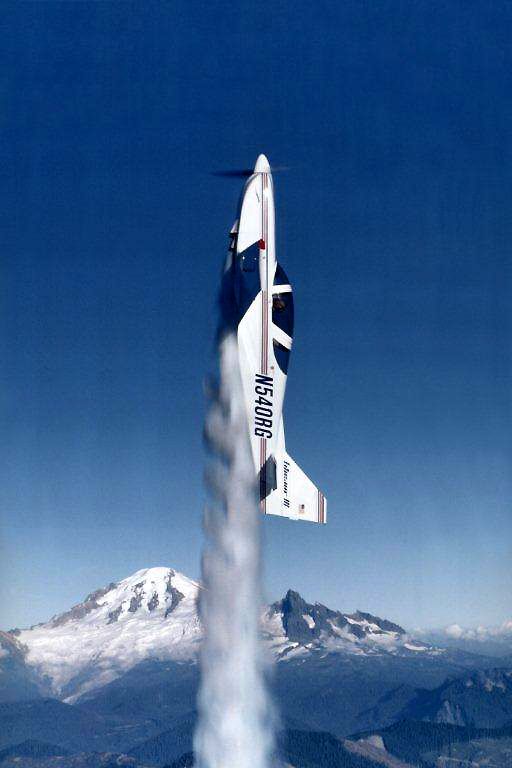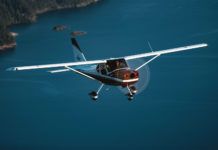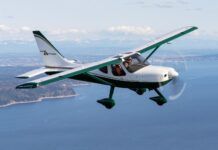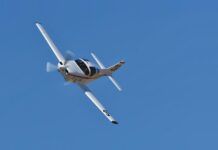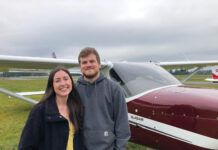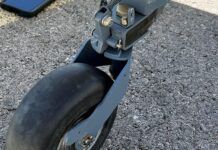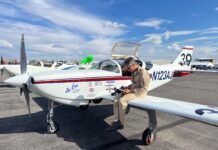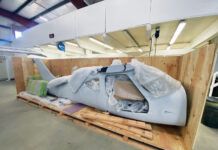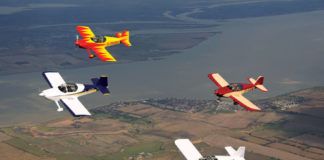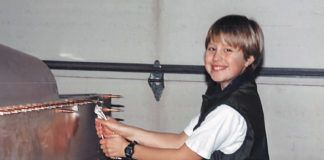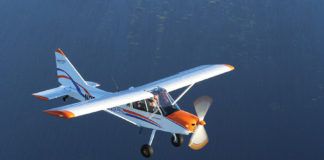Every so often we catch a glimpse of something. You do a double-take and your heart flutters before your brain can make sense of it. You feel your cheeks lift as you realize what it is. Oh, that. Cool. I know what that is. I’m a part of that club.
It could be a Grateful Dead bear. Or Star Trek insignia. Anything you’ve subconsciously assigned as a precious relic that, when seen, fills you with a sense of belonging. You feel a little cooler because you recognize this thing not everyone knows about. How many of us have gotten excited seeing a faded AOPA sticker on the back of a Toyota while barreling down the freeway? Should I wave? Maybe I should wave.
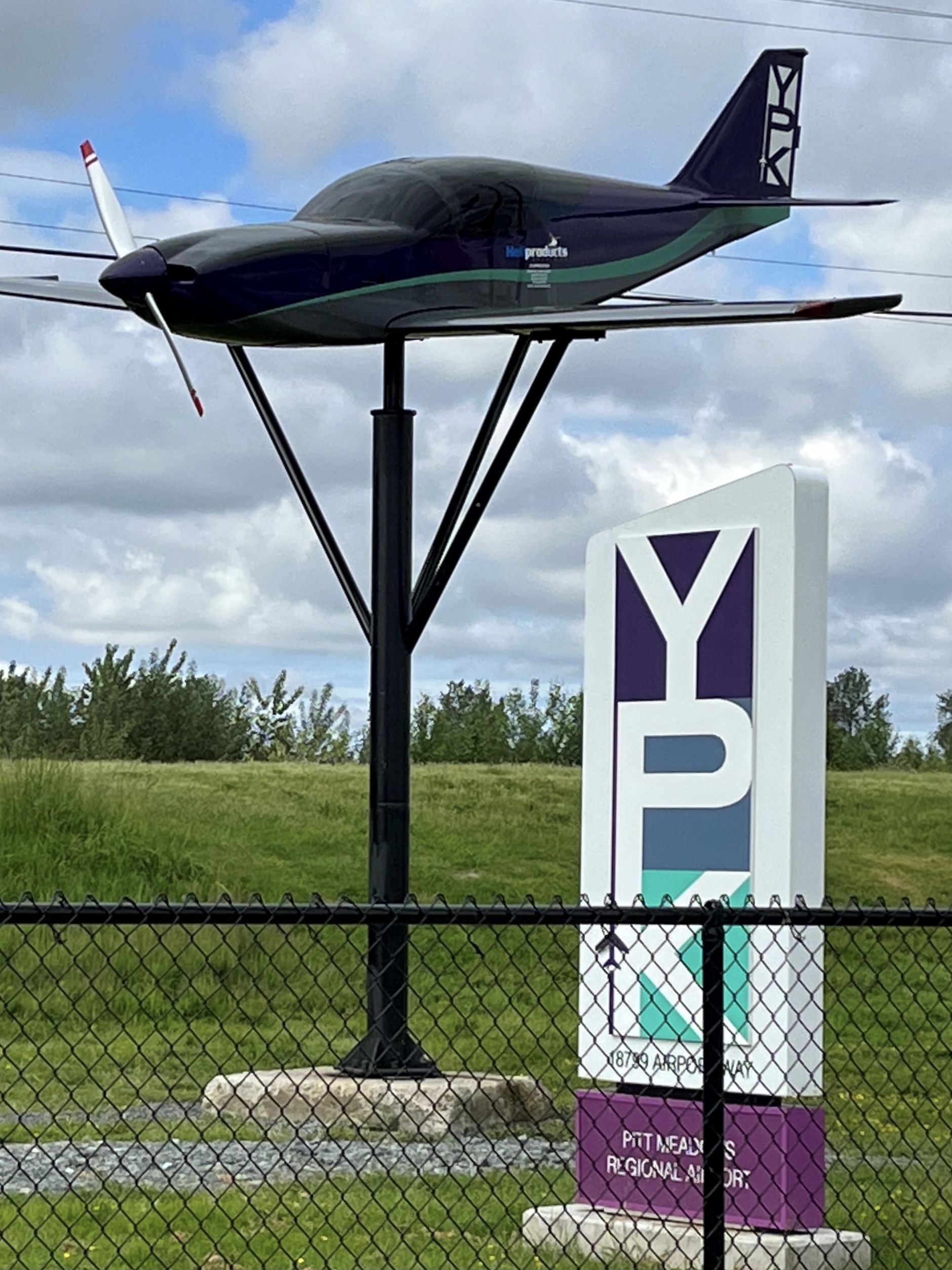
This image appeared in my inbox and I wondered how I might feel driving past it. This is a Glasair II FT that was recently mounted to serve as a “gate guardian” at Pitt Meadows (YPK) in British Columbia, Canada. I imagine I’d be ecstatic to stumble upon it. These little composite planes make my heart happy. I’d love to be welcomed by something I’ve dubbed friendly and familiar. To many, this airplane means nothing. But for a lot of us it’s symbolic. We see the smooth cowl out of the corner of our eye and a wave of pride and familiarly washes over us.
But why is it here? Who chose this to be the first thing people see when they roll up to the airport? Ted Bain posted a picture of it to the Glasair Aircraft Owners Association forum, which is how we first caught wind of it. I called Ted to get the scoop. He wasn’t entirely sure where it came from, but was eager to help. I told him I used to work at Glasair and he dropped name after name, story after story, all of which I knew and could follow and comprehend. I knew this world. I still feel strongly connected to it. Although I wasn’t there during Glasair’s early days when the legacy series was still being manufactured, I’d learned my fair share of history surrounding these homebuilts.
This was my team and these builders were part of my fantasy league. Their wins make me feel like a winner. Ted owns the only lightning-protected Glasair III, which was also the first all-composite Experimental to be built with proven lightning protection. As he said this my fairly photographic memory brought forth an image. I asked if it was the Glasair III in the poster. You know, this one:
“No, mine was registered as 540LP,” he said. “That was 540RG in the poster.”
Ah, I see. I hung up and laughed. I never thought I’d still be talking to these guys about these airplanes, nearly six years after my first introduction to them. To this day I’m still not sure why I decided to submerge myself in this Glasair world. Perhaps it’s because I like the the feeling I get when I see one. Hello, old friend.
A few days later my phone rang. It was Chris Georgas, who built the Glasair II gate guardian. Ted had passed my number on to him.
“Hello, my American friend!,” he rang out. “I’ve got a story for you.”
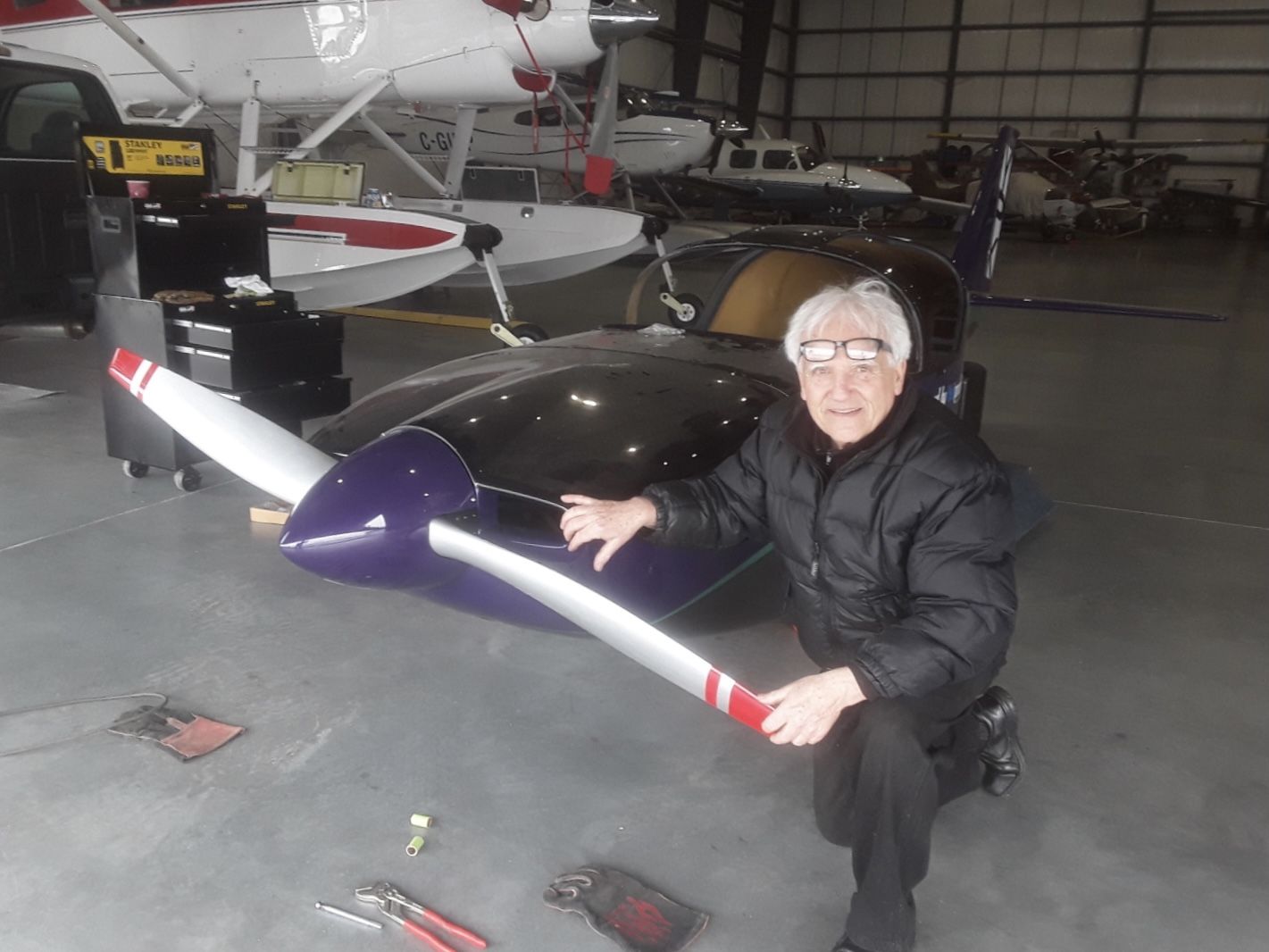
Chris is a pilot and instructor who’s been flying since he was 16 years old, clocking thousands of flight hours. Chris lives in Sechelt, British Columbia, which is 50 nautical miles away from YPK. He commutes to YPK almost daily in his Cessna 152, where he owns 50,000 square feet of hangar space that he rents to other pilots. He describes himself as a supporter of General Aviation in every way imaginable. He wasn’t a Glasair fan before he bought the kit, but he’d heard about the company and their product through some of the Glasair builders at Pitt Meadows, such as Ted Bain. Chris feels he probably could’ve sold some of the parts, but from the moment he saw the kit he knew exactly what he wanted to do with it.
Chris bought the Glasair II kit from Clarence Sicotte’s family after Clarence passed away at age 94. Clarence was a pilot and AME. He was instrumental in logging the surrounding wilderness and establishing the initial runways at Chris’ home airport in Sechelt (CAP3). Clarence had many projects. Maybe too many projects, Chris noted. One of them being the Glasair II kit. Chris saw the kit lying amongst the remnants of a life well lived and knew he wanted to turn it into an “air guard” for the entrance of the airport he’s been a part of these past 30 years.
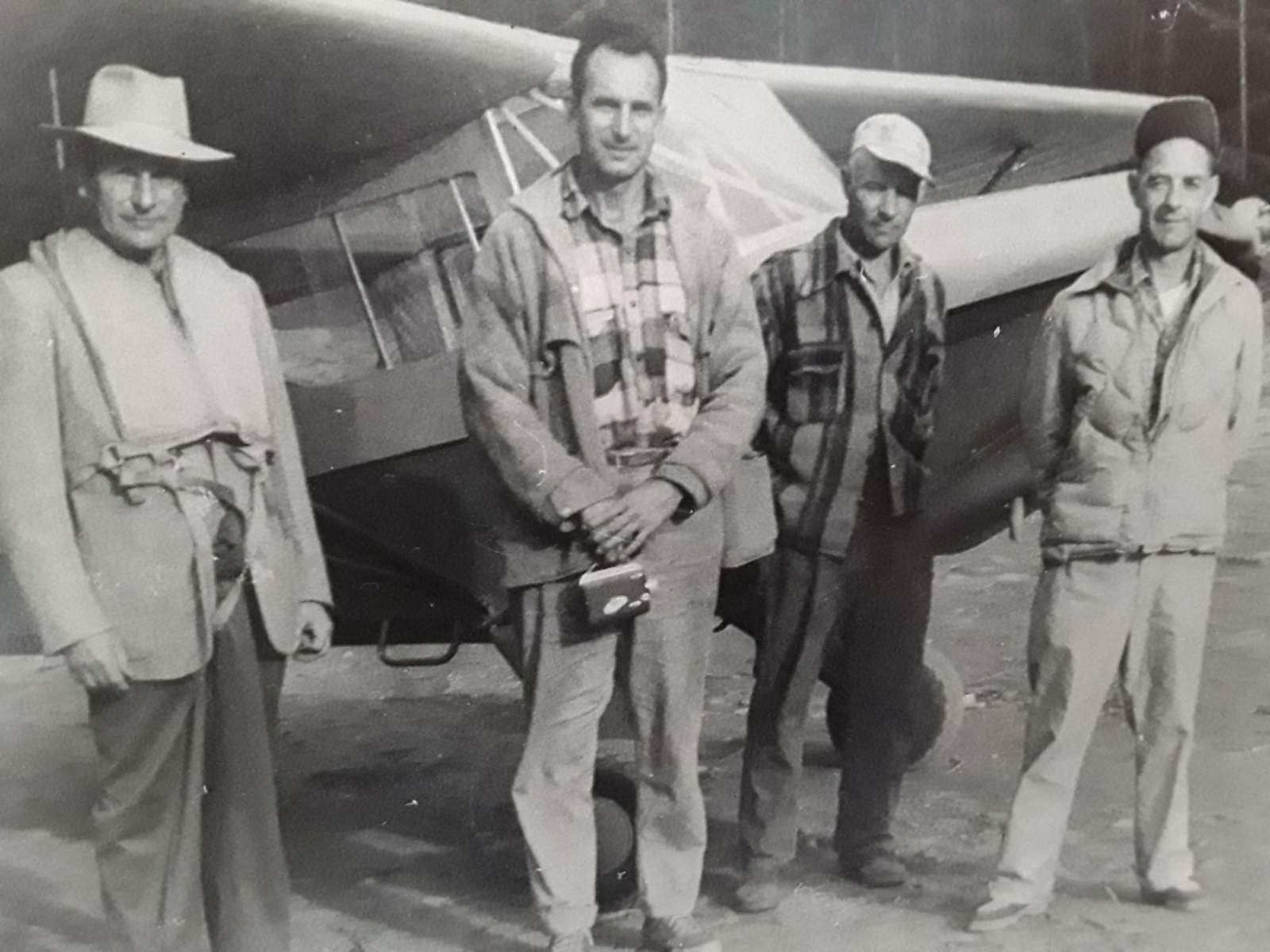
“I discovered the aircraft in literally dozens of pieces and in a complete state of non-completion,” Chris said. “I bought the aircraft, bits and pieces and related hardware from the family and trucked it to Pitt Meadows.”
The wing was already assembled, minus the flaps and ailerons. Clarence didn’t have the required inspections done in the proper sequence (Per the MD-RA program in Canada) so the wing was condemned and the airplane became a sitting duck, so to speak. Chris used auto-grade epoxy resin to assemble the aircraft, as it would never fly. He used fiberglass to seal the wing root and join the elevator to the horizontal stabilizer. He also sealed the flaps and ailerons to the wing to prevent birds, bees and the like from nesting in it. The main gear, brakes, nose gear and rudder pedals have all been removed.
Once assembled, it was time to paint. Chris received help from Jason Caffrey of Heli Products, a helicopter company at YPK, who has access to a downdraft paint booth. The airport chose and paid for the paint scheme. The prop and spinner were donated by one of Chris’ clients, Tim Eggleston, which they prepped and painted accordingly. Chris used a planetary gear from a helicopter to get the propeller to spin freely. He also used solar lights to make the nav lights glow in the dark. The project took about two and a half years to complete.
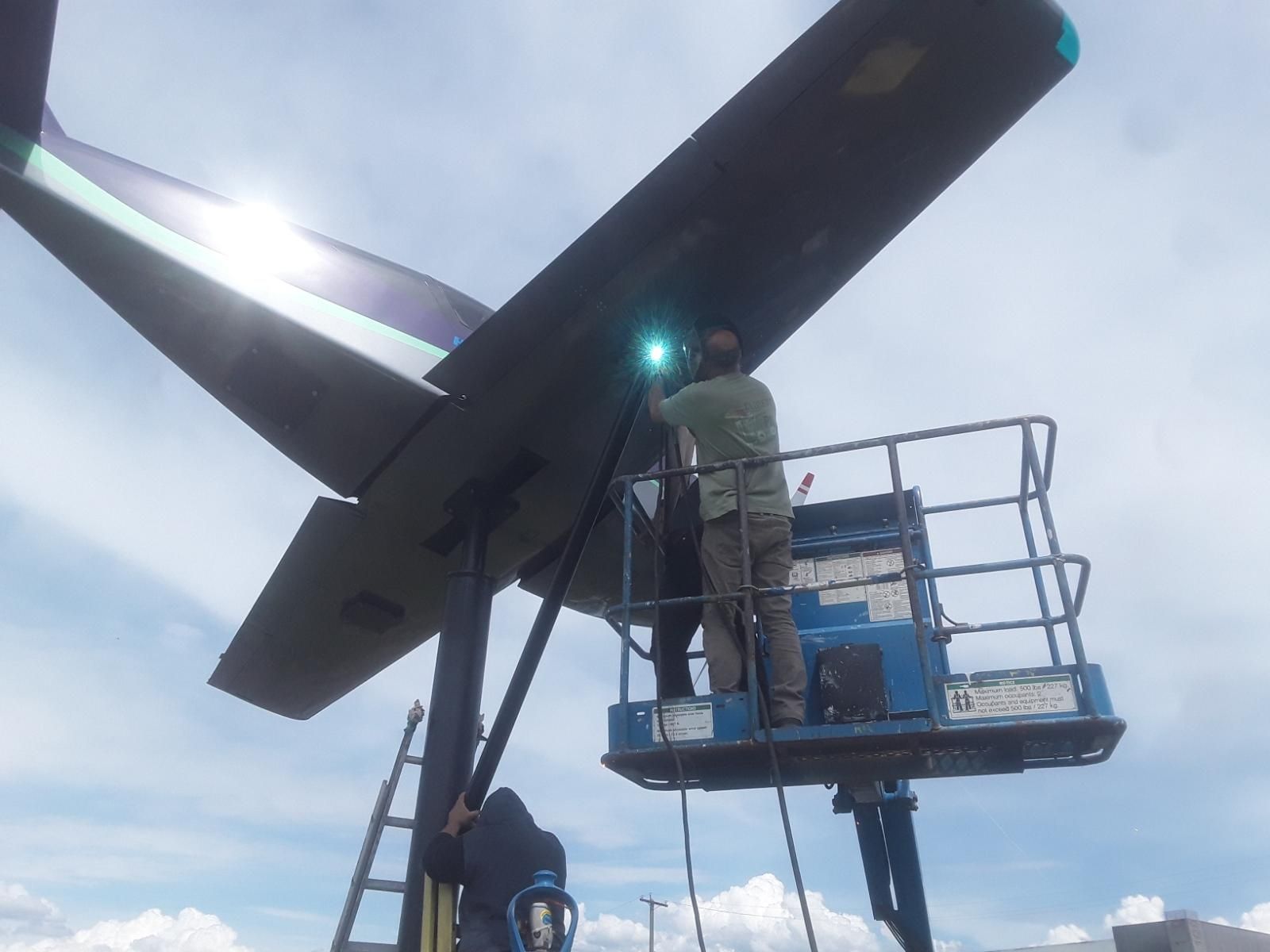
At last, it was time to mount their masterpiece. Airport manager, Guy Miller, hired an engineer to design the support structure. The triangular bracing system is that of the engineering effort and Chris feels it does its job without taking too much attention away from the display. Time was spent installing steel plates and solid pick-up points in the wings and the fuselage. Chris and his crew used a cement block from an old gas station as the supporting ballast. Stephen Van Dolder, a member of Operations of YPK, planted the block and neighboring flag poles. Before they knew it the airplane was sitting on the 14-foot-tall display pole for all to see.
“The one time it did fly was on the end of a crane for an hour or so,” Chris laughed.
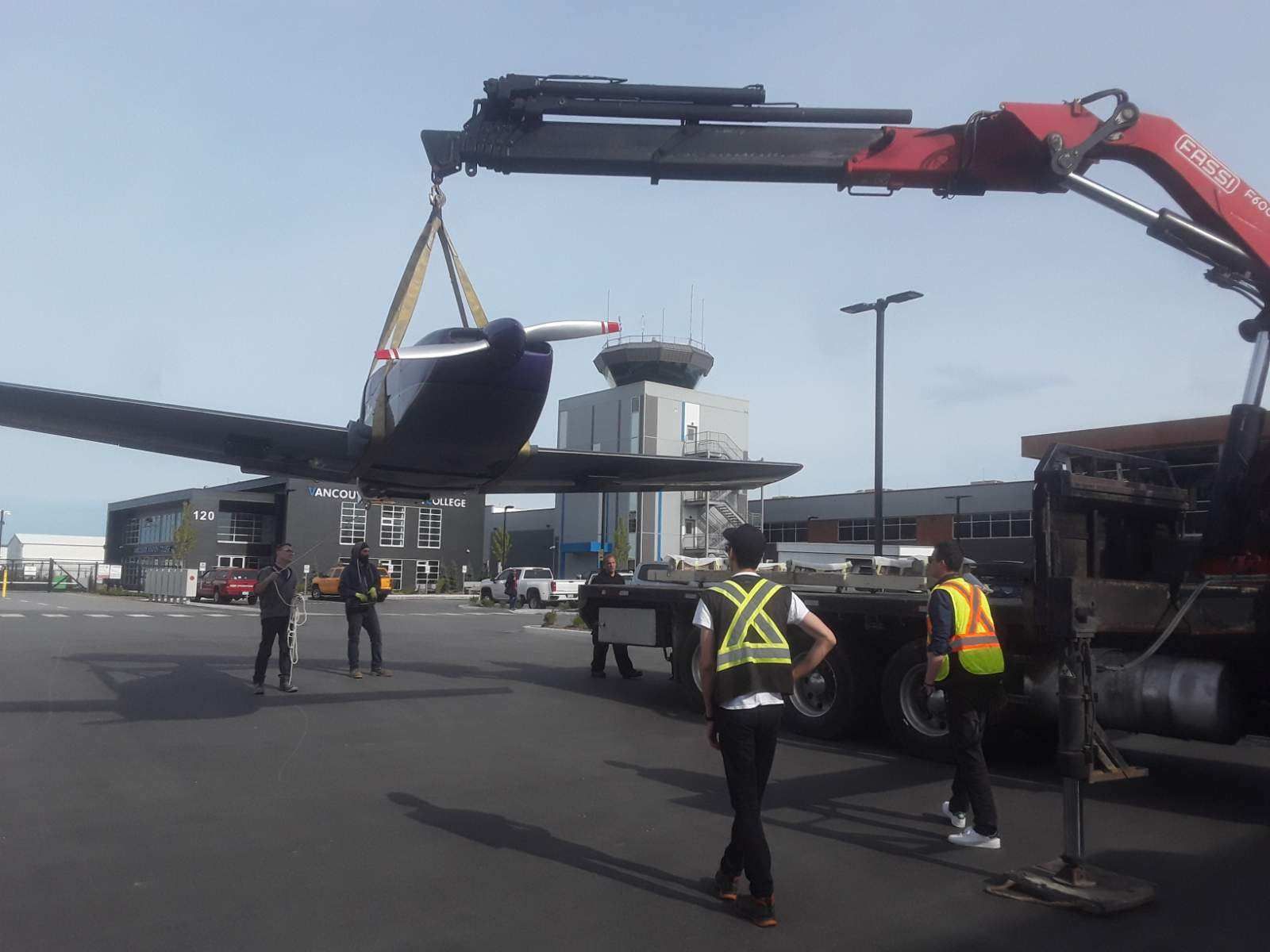
The airport plans to install a garden at the base of the Glasair. There’s a popular walking trail near the airport, from which people can marvel at YPK’s new gate guardian. To most, it’s just another airplane. But those of us who know and love it will smile a little brighter. Although this Glasair will never fly, Chris still managed to bring it to life.

